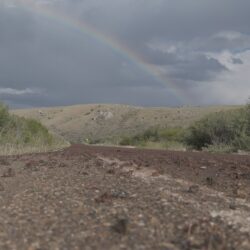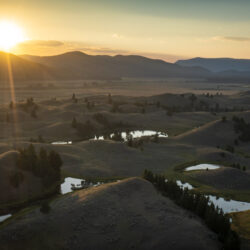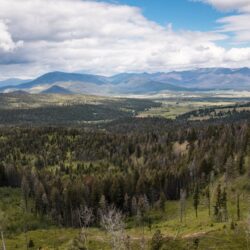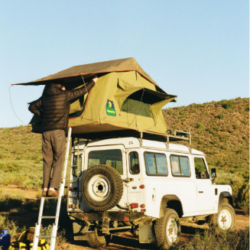Limiting that One Bad Year – Jackson Newman
Grassland conservation depends on ranching. So, with the number of ranches dwindling across the West, and more land being developed every day, how do we support the sustainability of existing ranching operations? In my mind, sustainability in ranching is a two-sided coin. On one side, we must work to fix the market dynamics that make Read more about Limiting that One Bad Year – Jackson Newman[…]














